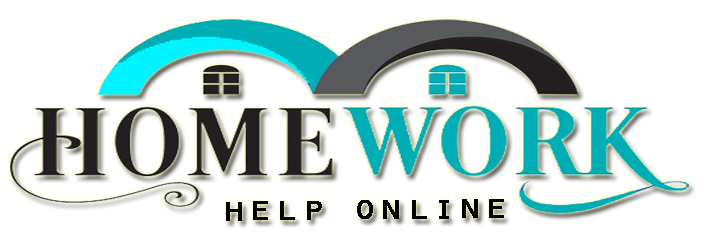Introduction (70 words): Real estate has long been regarded as one of the most stable and lucrative investment opportunities. However, the industry is undergoing a profound transformation driven by technological advancements, demographic shifts, and changing consumer preferences. In this article, we will explore the evolving trends and dynamics of the real estate market, highlighting key factors that are reshaping the industry and providing unique opportunities for investors and homeowners alike.
- Tech-Driven Disruption (100 words): Technology has disrupted virtually every aspect of our lives, and real estate is no exception. From virtual reality property tours to blockchain-based smart contracts, innovation is revolutionizing the way we buy, sell, and invest in real estate. PropTech companies are leveraging big data, artificial intelligence, and automation to streamline processes, enhance decision-making, and improve the overall customer experience. These advancements have not only increased efficiency but also opened up new avenues for international investment and property ownership, making real estate a global market accessible to investors around the world.
- Sustainable Development (100 words): With growing environmental consciousness, sustainability has become a key focus in the real estate industry. Green buildings, energy-efficient technologies, and sustainable design are in high demand, driven by the desire to reduce carbon footprints and create healthier living spaces. Developers are incorporating renewable energy systems, smart building management systems, and eco-friendly materials into their projects. Moreover, sustainable features have proven to enhance property values, attract tenants, and lower operational costs over time. The shift toward sustainable development aligns with the larger global movement towards a greener and more sustainable future.
- Urban Revitalization (100 words): As cities continue to grow, urban revitalization has become a critical trend in real estate. Dilapidated neighborhoods and forgotten industrial areas are being transformed into vibrant communities. Urban renewal projects aim to restore historic buildings, repurpose old factories, and create mixed-use spaces that combine residential, commercial, and recreational elements. This approach not only enhances the quality of life for residents but also generates economic opportunities and boosts property values. Urban revitalization fosters a sense of community, encourages walkability, and reduces commute times, making these reimagined areas highly desirable for both investors and residents.
- The Rise of Co-living and Co-working Spaces (100 words): The traditional notions of living and working are undergoing a paradigm shift, giving rise to co-living and co-working spaces. As the gig economy grows and remote work becomes more prevalent, individuals are seeking flexible and affordable accommodation and workspace options. Co-living arrangements offer shared living spaces and amenities, promoting social interaction and affordability. Similarly, co-working spaces provide professionals with collaborative environments and access to essential resources without the overhead costs of traditional offices. These concepts are redefining the way people live, work, and interact, creating novel opportunities for real estate investors and developers.
Conclusion (30 words): The real estate industry is adapting to a rapidly changing world, shaped by technology, sustainability, urban renewal, and evolving lifestyles. Embracing these trends will unlock unique opportunities for both investors and homeowners in the dynamic real estate market of the future.







